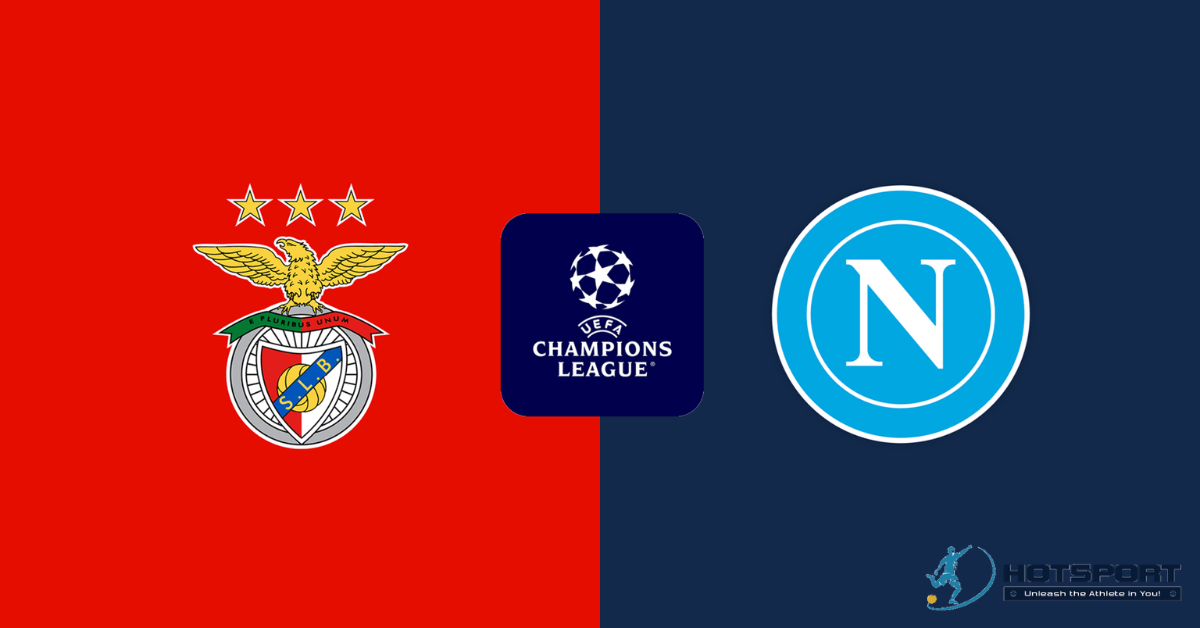Jhon Arias, the skillful Colombian winger, has been one of the most exciting figures in South American football in recent years. With sharp dribbling and game vision reminiscent of the great stars of his generation, he crossed the Atlantic in search of new challenges. His arrival at Wolverhampton Wanderers in July 2025 marked the beginning of a new era in the Premier League, where the 28-year-old seeks to establish himself among the best. But who is this young man from Quibdó who conquered Rio de Janeiro and now dreams of English pitches? In this feature, we dive into Arias’ journey, from his humble roots to the spotlight of the Club World Cup and his first months in England.
Early Steps on Colombian Soil
Born on September 21, 1997, in Quibdó, a city in the Chocó department known for its rich Afro-Colombian culture, Jhon Adolfo Arias Andrade grew up facing challenges. Football, as in so many success stories, was his escape. From an early age, he showed natural talent for dribbling and speed, traits that would later define him. His modest, close-knit family always supported the boy’s dream, who trained barefoot on the dusty streets of his hometown.
Arias’ professional career began in 2018 with Patriotas FC, a modest second-division Colombian club. There, he played his first official matches, showing versatility as a right-back. At just 20 years old, he gained valuable experience, but the big leap came with a loan to Llaneros FC, where he refined his technique. In 2020, he moved to América de Cali, one of the country’s giants. That’s when the world began to take notice. That year, Arias was instrumental in winning the Colombian Championship, scoring decisive goals and providing assists with mastery. His partnership with the team, under demanding coaches, shaped him into a complete player: fast, intelligent, and deadly in one-on-one situations.
At Independiente Santa Fe in 2021, he shone even brighter. With 22 matches and three goals, Arias caught the eye of international scouts. His ability to play both on the right and through the middle, alternating between winger and attacking midfielder, made him unique. At 23, he was already considered a gem of Colombian football, compared to names like James Rodríguez for his elegance on the pitch. Those early years weren’t just glory; minor injuries and the pressure of competitive football tested his resilience. But Arias, with his quiet personality and absolute focus, overcame everything, paving the way abroad.
Explosion at Fluminense: From Carioca Glory to the World Stage
In August 2021, Fluminense made a bold move, signing Arias for around €2.5 million. Rio de Janeiro, with its beaches and the Maracanã, became the perfect stage for his talent to flourish. Initially a substitute, he quickly became indispensable under Fernando Diniz, known for his attacking, fluid style. Arias adapted rapidly to Brazilian football with his intensity and creativity.
Over four seasons with the Tricolor, he played 164 matches and scored 32 goals, impressive numbers for a player in his position. In 2023 came the pinnacle: victory in the Copa Libertadores, the club’s first continental title in 123 years of history. Arias was the hero in the final against Boca Juniors, scoring a goal and providing an assist that sealed the 2-1 aggregate victory. His celebration, embracing fans in Laranjeiras, became iconic. He also won the 2024 Recopa Sudamericana and two Carioca Championships (2022 and 2023), cementing himself as one of the best foreign players in Série A.
What made Arias special at Fluminense was his consistency. In 2025, before his transfer, he had already played 29 matches, scoring four goals and providing 14 assists that year. His partnership with players like André and Germán Cano created unpredictable plays, and he excelled in set pieces with precise long-range shots. Off the pitch, he embraced Carioca culture, becoming fluent in Portuguese and participating in social projects in Rio. But his greatest moment came at the 2025 FIFA Club World Cup in the United States. Arias was named to the tournament’s best XI, with a goal and a decisive assist in the victory over Inter Milan. His “magical” performance, as described by the press, accelerated negotiations with European clubs.
The Colombian National Team: From Hope to Finalist
Arias debuted for Colombia in 2021, but it was under Néstor Lorenzo that he became a regular. With 31 call-ups by the end of 2025, he is a key piece in the 4-2-3-1 system, playing as an attacking midfielder or winger. His speed complements the style of Luis Díaz and James Rodríguez, forming a lethal trio.
The highlight was the 2024 Copa América, where Colombia reached the final, losing to Argentina on penalties. Arias played every match, scoring against Panama and providing assists that kept the team unbeaten until the end. In 2025, he featured in World Cup qualifiers for 2026, with solid performances against Brazil and Uruguay. His call-up for recent friendlies, including creating a hat-trick of chances against Peru, reinforces his status. For Arias, wearing the yellow shirt is more than duty: it’s pride in representing Chocó, a historically marginalized region.
The Move to Wolverhampton: A New Chapter
The summer of 2025 brought the big turning point. After the Club World Cup, Wolverhampton Wanderers paid £19 million for the Colombian, signing him to a four-year contract with an extension option. The deal, announced on July 24, reunited Arias with compatriots like Yerson Mosquera and former teammate André, easing his adaptation. Wolves manager Gary O’Neil saw him as the ideal attacking reinforcement: versatile, tireless, and with a nose for goal.
His debut came in August against Manchester United, where Arias showed fight, though the team lost 1-0. By December 2025, he had played 11 Premier League matches, starting nine, with 14 shots and two on target, yet to score or assist. A yellow card against Arsenal in November reflected his intensity, but he praised the English game’s physicality in an exclusive interview on December 9. “Fluminense taught me to create in tight spaces; here, it’s about resisting and counter-attacking,” he said, comparing the Premier League’s frantic pace to Rio’s samba.
Wolves, battling mid-table with 25 points after 16 rounds, rely on Arias to spark them. His average of 1.5 dribbles per game and 66% pass accuracy impress, but he admits: “I need patience. Goals will come.” Off the pitch, Arias is settling in Wolverhampton with his family, exploring pubs and training extra for the English cold.
Adapting to the Premier League: Challenges and Promise
The transition to England isn’t easy. At 1.68m, Arias faces taller defenders and damp weather, but his agility compensates. In October, he scored his first goal for Wolves in the League Cup against Ipswich, a volley from outside the box that echoed his Fluminense days. In the league, he contributed to wins over Brentford and Southampton with precise crosses.
Minor injuries in September sidelined him for two weeks, but he returned stronger. Analysts at The Athletic note his progress: from 60% to 72% success in aerial duels thanks to specific training. With Christmas approaching, Wolves face a tough run: Liverpool, Chelsea, and Tottenham. Wearing the No. 10 shirt, Arias dreams of his first Premier League goal before 2026, which could lift the team higher.
Personal Life: Humility Beyond the Pitch
Off the field, Arias is a family man. Married to his childhood sweetheart, he has a young daughter who travels with him. In Quibdó, he supports projects for underprivileged youth, donating boots and visiting schools. “Football got me off the streets; I want to give that back,” he says in recent profiles. A fan of reggaeton and Colombian barbecue, he balances his routine with meditation, inspired by athletes like Rafael Márquez.
A Legacy in the Making
At 28, Jhon Arias is at his peak. From Patriotas to Molineux, his journey inspires: persistence, talent, and humility. At Wolves, he could repeat his Libertadores heroics, perhaps even in the Champions League. For Colombia, he is hope for 2026. As he says: “Football is unpredictable, but I play with my heart.” And that heart, beating strong, promises more glorious chapters.












